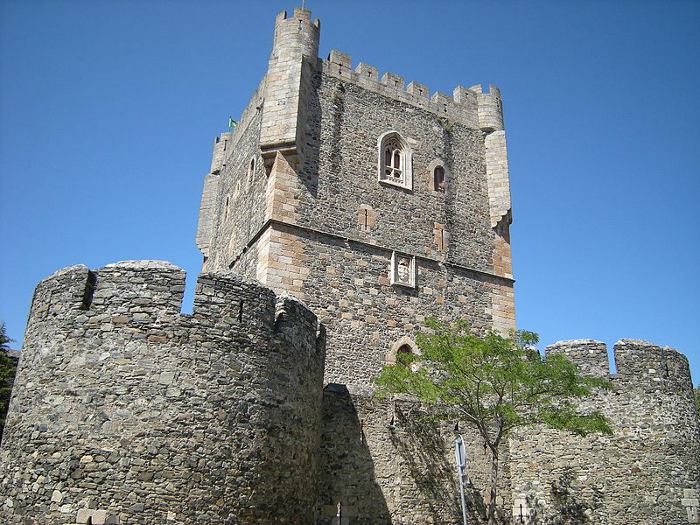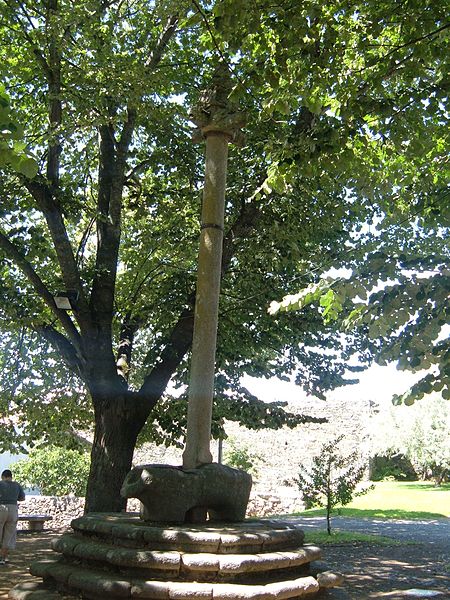Set in stunning landscape, Bragança is situated on the edge of the Montesinho Natural Park, near the Spanish border. This geographical situation, responsible for a certain isolation, has helped to preserve habits and customs that have been passed down from generation to generation.

In this region, we can still find villages with communal ways of life. The villagers share land, livestock and infrastructure to overcome the difficulties of the harsh geo-climatic conditions.
The harmony between Men and Nature is admirable. Over the years, people settled in the region without trampling on nature, integrated into the landscape and often almost unnoticed. We can only rarely find scenarios of this type, in which respect and genuineness are so clearly apparent.
Although often judged rude, they are revealed to be excellent hosts when they feel they are respected by visitors. It is natural for them to open their doors and share their tables and stories.
Bragança is steeped in history. Called Brigantia and Juliobriga by the Romans, its origins date back to the Palaeolithic. Its current name was confirmed by Sancho I, the king during a period in which the town gained in importance in the national context. Situated on the Way of St James, it was already a stopping point for pilgrims coming from Seville, heading for Santiago de Compostela along the “Via de la Plata”, or “Via Larga.”
PLACES TO VISIT
Town or Citadel: magnificent fortified area dominated by the castle with its Keep, the Pillory and “Domus Municipalis”, a unique monument of Romanesque architecture.
The Keep, dating from the reign of João I, is considered one of the finest in the country. During your visit, note the cistern inside, the doors and windows and especially the twin ogival windows on the south wall. Don’t forget to visit the roof with its embattlements, where the views reach as far as Montesinho, Serra de Nogueira, and the province of León and hills of Sanabria in Spain.


Te Pillory
The Pillory was built on Largo de São Tiago where there used to be a church dedicated to the same saint. It is six metres tall, in the romantic style and topped by a coat of arms with a castle and escutcheons with a human figure. What makes this monument truly is singular is the animal figure that acts as its base. It is a boar (berrão or verraco), commonly known as the “town pig”, associated with the pre-Roman period.
The Domus Municipalis is formed by two areas. One was clearly built to store water from the river and springs, incorporating a cistern. The second area, built above the cistern, is what distinguishes this building and it is still not quite clear what it was used for. Some claim it was used as a meeting place for “good men”, but there are no certainties. Nevertheless, it is a singular monument to visit.

